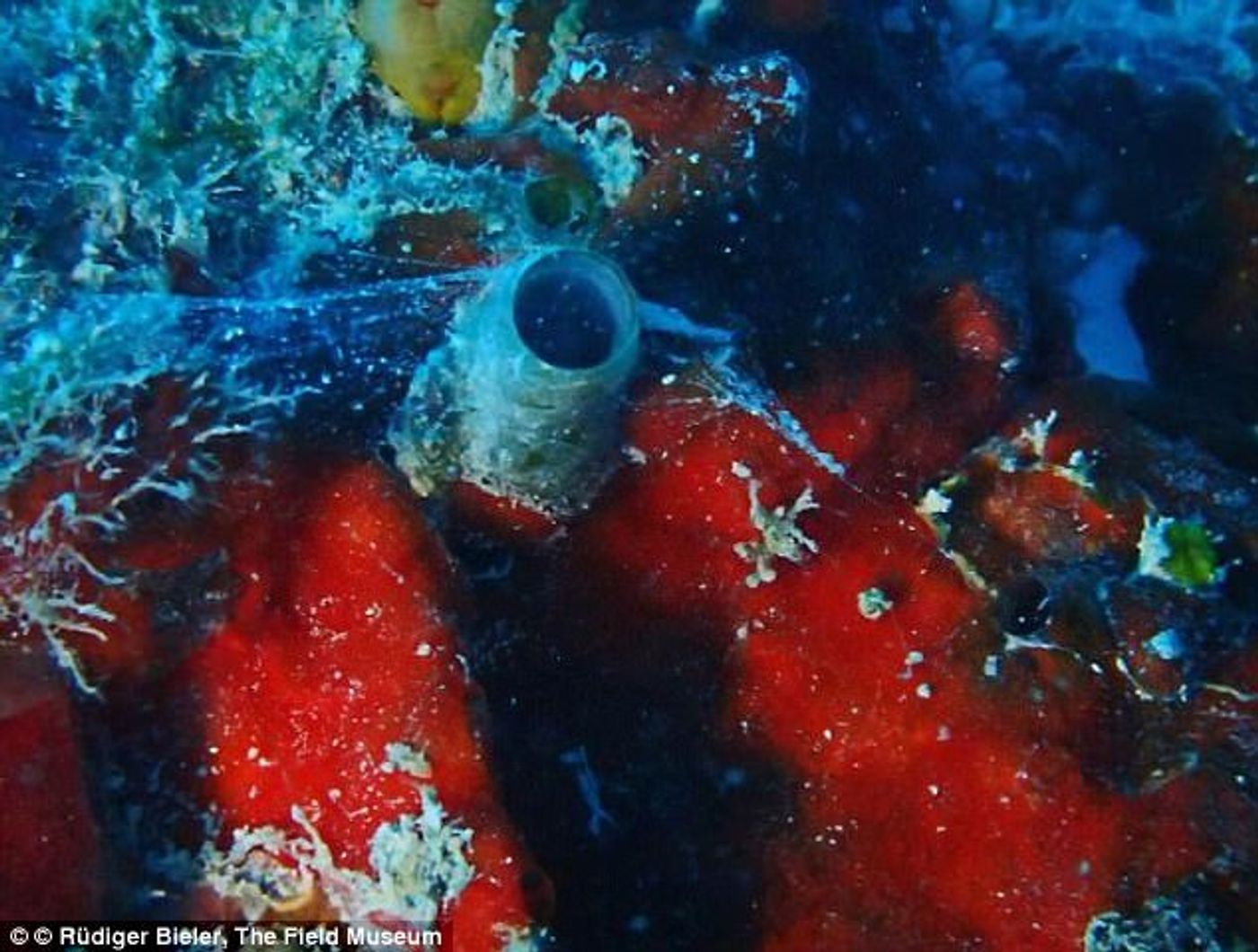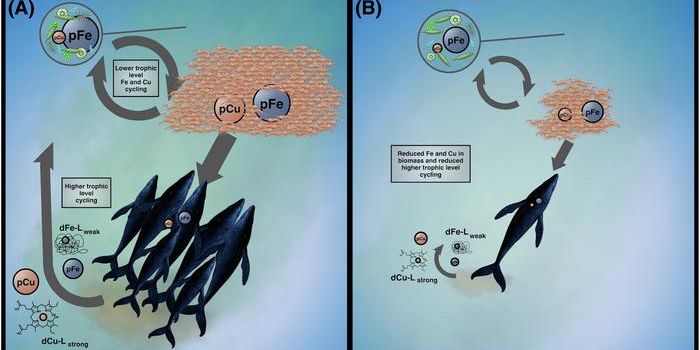Newly Discovered Worm Snail Shoots Webs Like Spiderman
While investigating a shipwreck off of the coast of the Florida Keys, which is now considered an artificial reef, scientists found a large concentration of worm snails that appeared to be unique to the region. Their curiosity into the matter led them to dig deeper, and landed them at the conclusion that they were dealing with an entirely new species.
The worm snail Thylacodes vandyensis in its natural habitat.
Dubbed Thylacodes vandyensis, named after the shipwreck where it was discovered, the new species of worm snail reportedly isn’t native to the Atlantic Ocean where it was found, which piqued the researchers’ interest from the very start.
DNA samples confirmed that the creature is related to some other worm snails that are known to exist in the Pacific Ocean, but that this particular species has never been observed before. The complete findings appear in the journal PeerJ.
Worm snails are known to be quite mobile as young creatures, but once they get older and their unique shells attach to something, they become immobile and tend to stay put for the rest of their lives. That said, it’s possible the species drifted from the Pacific Ocean and found its landing spot right where it was discovered.
The shipwreck is reportedly home to thousands of these worm snails, which range in size with the average being around one inch long with a shell hole of 0.2 inches wide. Their shells are quite unique too, as they’re tubular in shape rather than coiled like most other snail species, so they’re pretty hard to miss.
On the other hand, perhaps the most interesting quality about Thylacodes vandyensis is how it seems to have Spiderman-like qualities. Using its own mucous, it’s able to eject nets into its surroundings, which it then uses to capture nearby prey, such as plankton and microorganisms.
Interestingly, these nets also seem to contain chemicals that deter predatory fish, which explains how they’re able to stay stationary for so long without being eaten.
Nevertheless, as crafty as worm snails are, and as exciting as it is to know that we’ve discovered a new species, some are still wary over their ability to thrive in a new environment, as many worm snails are known to carry problematic burdens to the surrounding environment.
For example, they’re known to destroy coral reefs and to harbor parasites that are bad for the surrounding wildlife. Amid many of the other problems the Earth is facing today, this is just an added bonus to the number of things that harm our beloved coral reefs, and it’s something we have to keep an eye on.
Fortunately, the worm snails seem to be staying put in the artificial reefs and not spreading to the natural coral reefs where they can enact far worse damage, but no one can say for sure that this won’t change in the future.
It should be interesting to see if researchers are able to find any other interesting creatures in this artificial coral reef.
Source: DailyMail










